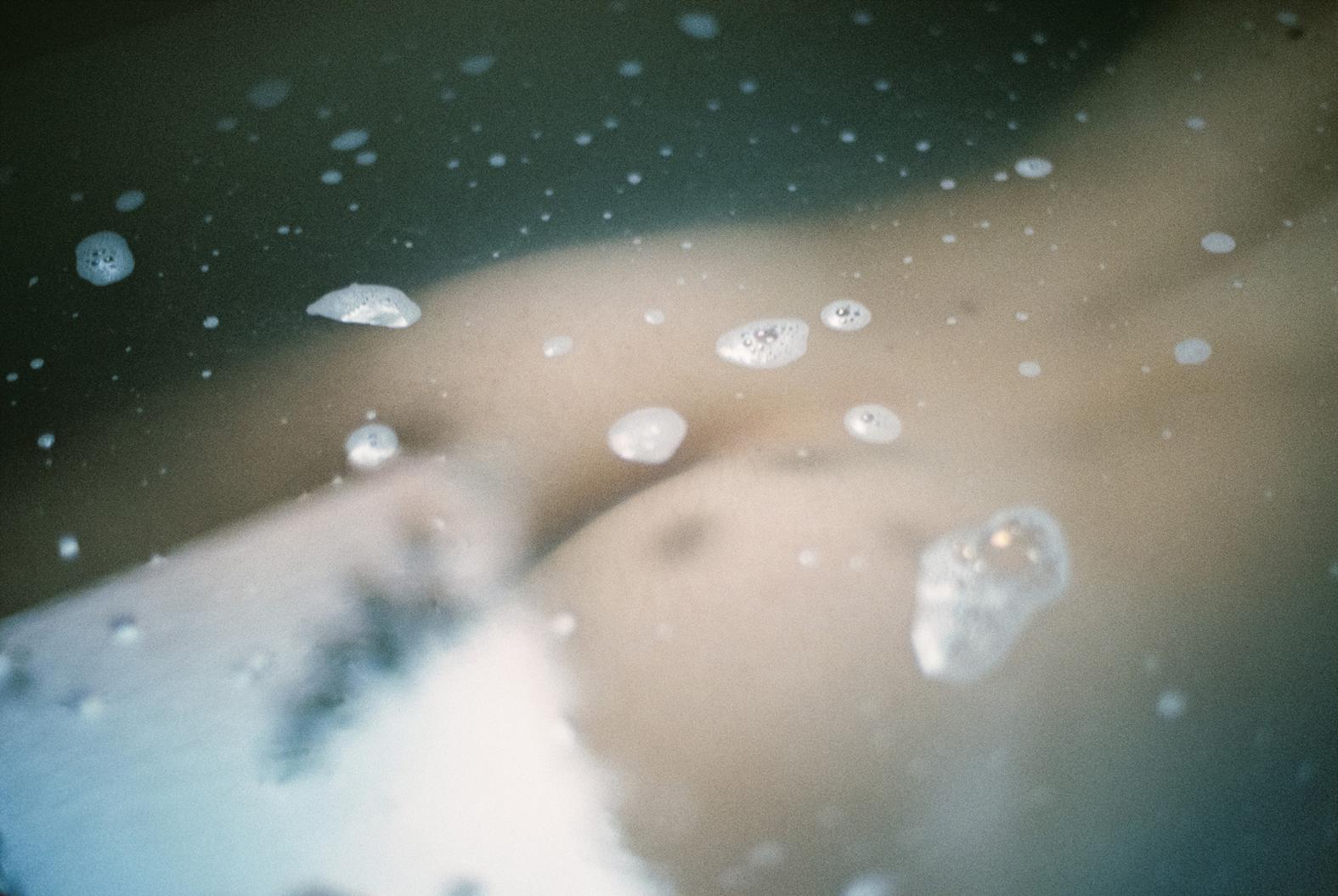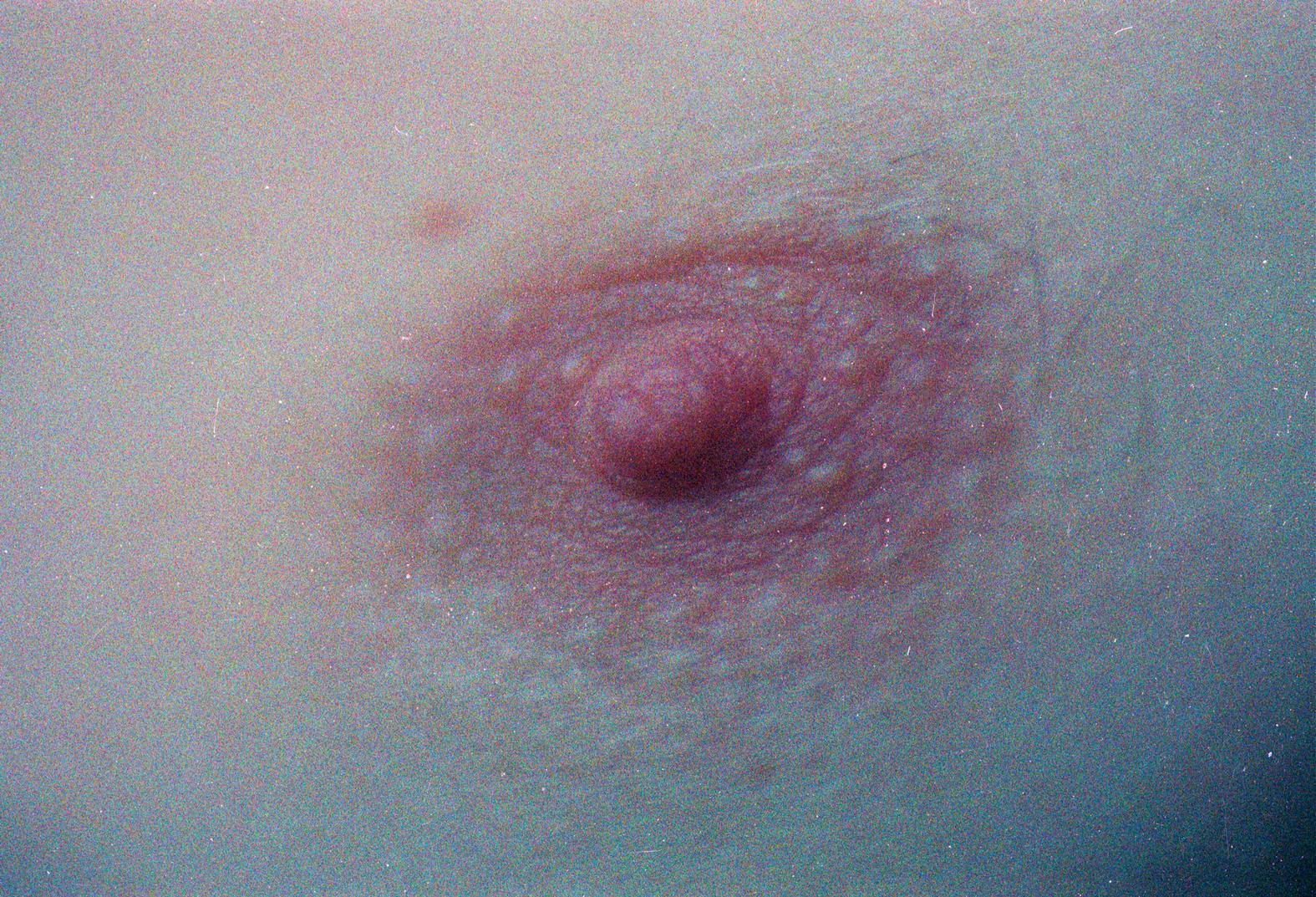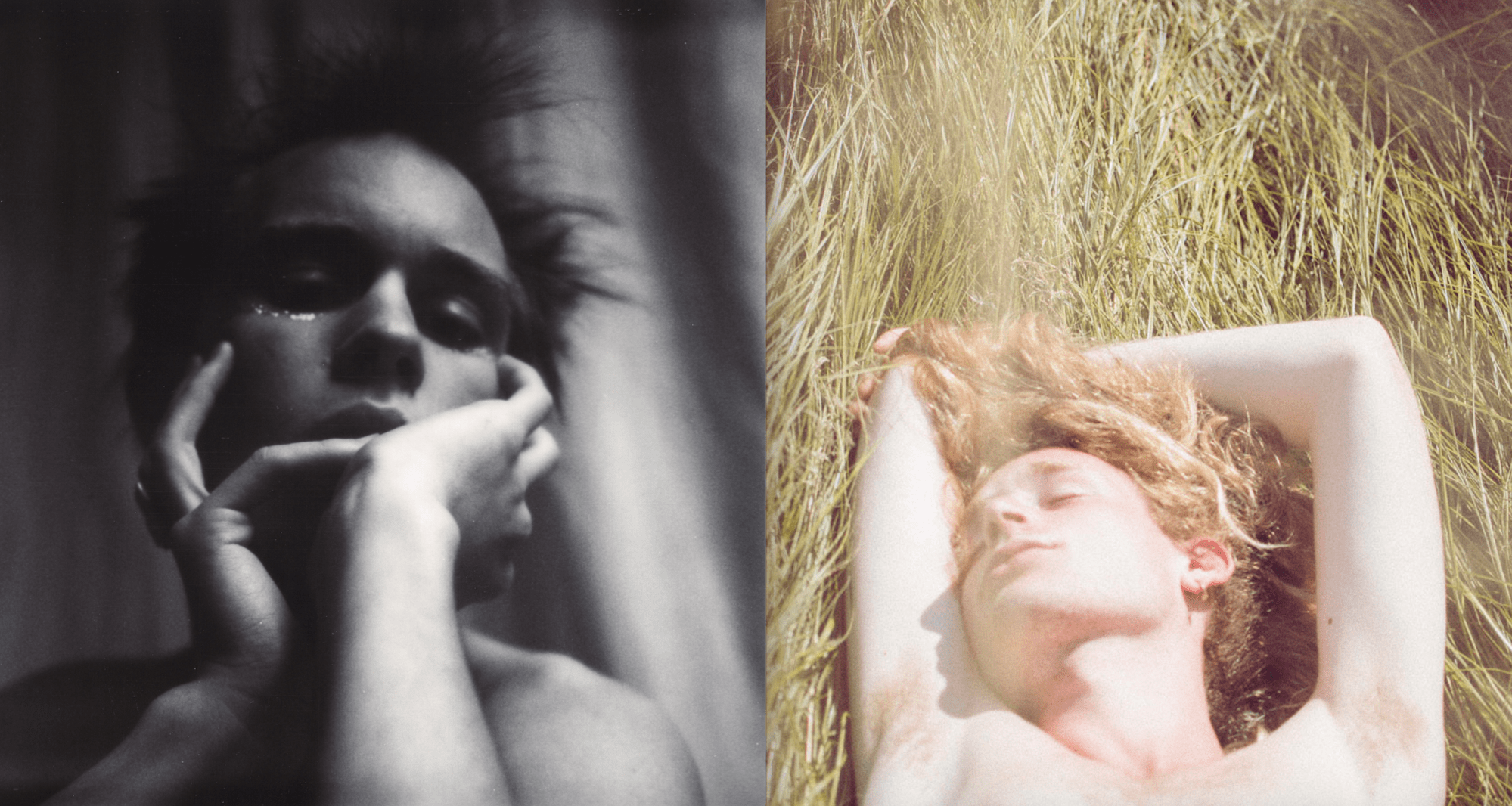The highest court in Germany has just ruled that a “third sex” must be included on official documents, after a legal challenge to the law by an intersex person. This decision, which comes after various lower courts ruled against such a move, is a major step forward for all of those who define themselves as non-binary. But though it’s something to celebrate, there is still a long way to go in challenging traditional gender stereotypes, and as we know all too well, gender discrimination happens on a daily basis.
A soon to open exhibition titled New Masculinity, by Berlin art collective Curated By Girls, confronts the stereotyping of boys and men. It highlights the work of four photographers from Germany, England and Sweden who explore different representations of masculinity. The young artists found each other — surprise! — via the internet. After connecting, it didn’t take long for them to realise they all wanted to creatively deal with the question of how everyone can help break with conventional notions of gender. We spoke to the photographers to find out what new masculinity means to them.

Phoebe Jane Barrett, 22
What does ‘new masculinity’ mean to you?
It’s about redefining what it means to be ‘masculine’. The world would be a kinder place if masculinity was characterised by empathy, compassion and respect.
How would you describe the current male beauty standards, and how can we all help to break with these norms?
I don’t think there is necessarily a perceived common male beauty standard. I think beauty is something entirely different for everybody. If this does exist in your world, I think the only way to break these kinds of things is to question yourself and also to be true to yourself. Why do you think this way? Is your perception altered by external influences like the media?
What message do you want your series to give?
I want to photograph men firstly because they are not photographed as often as women, and secondly because I think it’s important to portray them in a way that is more vulnerable and intimate.

Annika Weertz, 26
When was the last time you felt masculine in the traditional sense?
I barely ever feel masculine, actually never. I’m very comfortable in my feminine body, but that doesn’t necessarily imply that I’m always feeling totally feminine either.
What message do you want your series to give?
No one, in this case no man, should feel like they have to conform to the archetype of their gender. There are so many variations of masculinity that are attractive in their own way. Fortunately, our sense of beauty has become much more varied.
What does ‘new masculinity’ mean to you?
That men no longer have to hide things or to keep them secret because they‘re expected to always act strong. Masculinity as well as femininity are very diverse concepts.

Joseph Barrett, 25
What does ‘new masculinity’ mean for you?
To me it’s a non-binary definition, its fluidity is what makes it different to the ‘old masculinity’.
How would you describe current male beauty standards, and how can we all help to break these norms?
The common male beauty standard is inclined towards being tall, having a strong jaw line and a muscular body — just your typical fitness ad model I guess. There is nothing wrong with wanting this; everyone should just do whatever feels natural for them.
When was the last time you felt masculine in the traditional sense?
Honestly, I have never felt the need to identify myself as being ‘masculine’.

Liam Warton, 27
When did you realise you wanted to become a photographer?
Probably shortly after I bought my first camera five years ago. I was living and working in London and I bought an old Olympus SLR camera at the Brick Lane Market for an upcoming trip to Ireland. I was bored and miserable as a result of working in finance, and I was in desperate need of some form of creative expression.
What does ‘new masculinity’ mean for you?
Masculinity and femininity can be viewed as social constructions, a way to categorise and measure the behaviours of men and women. The stereotypical portrayal of masculinity (hegemonic masculinity) is one of dominance, strength and superiority. For me, ‘new masculinity’ has to do with gender equality and creating a more open and honest measure of what it means to be a man, women or non-binary person. For example, traditional masculinity discourages men from showing a full range of emotions such as vulnerability, fear, pain or despair. This has resulted in fewer men openly speaking about their problems and fewer men asking for psychological help, as they are afraid of showing these feelings. And for those who deviate from this mould, they are often discriminated against. New masculinity is about questioning and altering our attitudes and expectations about how we perceive gender, which should ideally lead to less discrimination and less sexism in society.
What message do you want your series to give?
My aim is to reconsider the norm; this one-dimensional stereotypical portrayal of men as being strong, sexual and powerful. An alternative way of depicting masculinity.
New Masculinity, by Curated By GIRLS, will be on view on 11 and 12 November at the Blender Studio in Berlin. More information can be found here .
